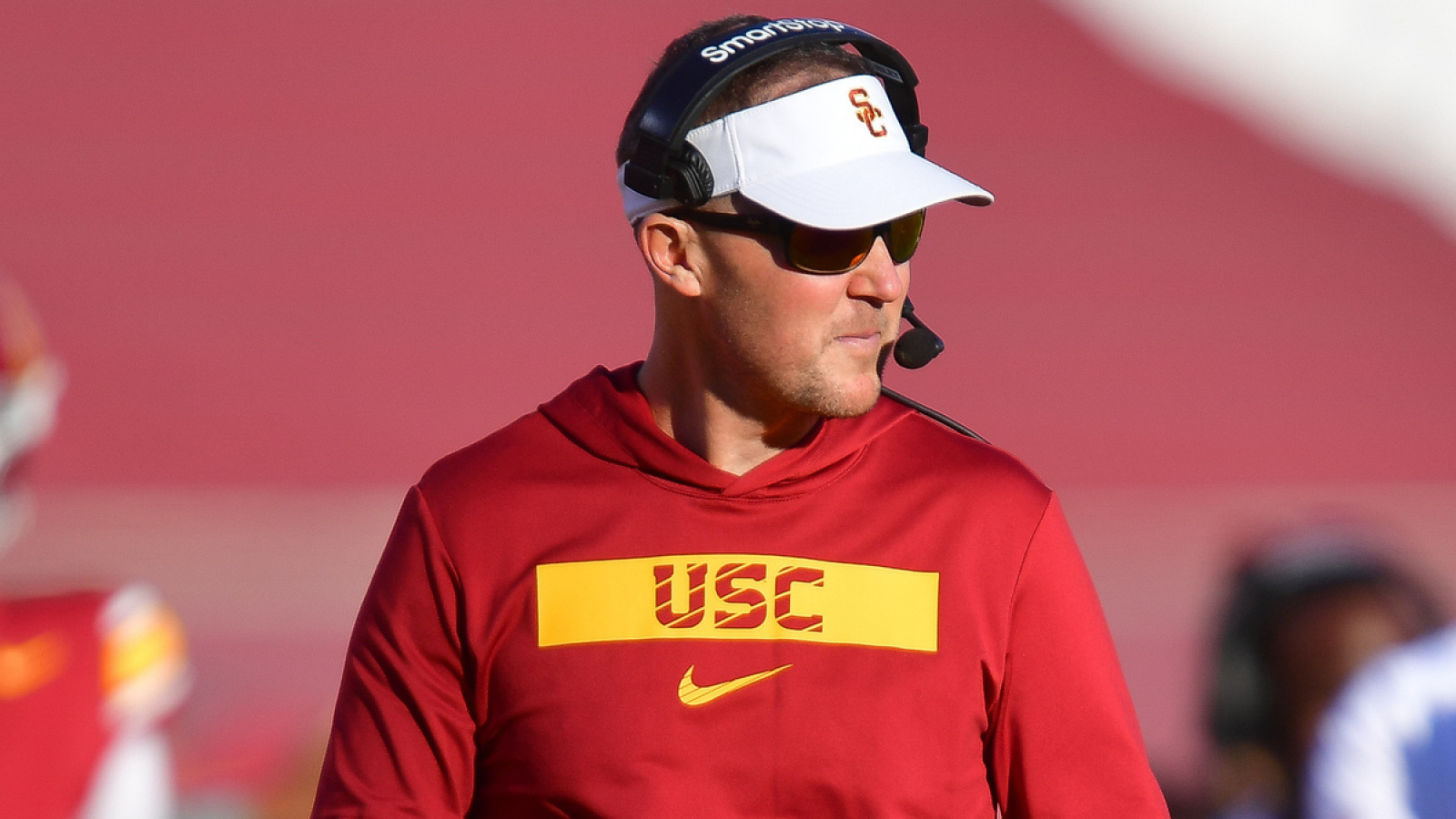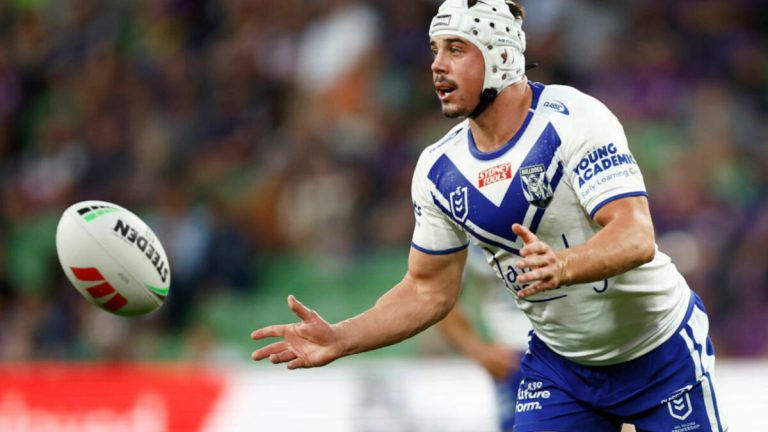When explaining his decision, Feaster told ESPN’s Eli Lederman, “They’re going to put me in the best position to go in the first round.”
Considering the massive success of LSU receivers in the pros in recent years, Feaster’s claim could be considered bold. However, USC is no slouch at producing NFL wide receivers, with Jordan Addison, Drake London, Michael Pittman and Amon-Ra St. Brown among the talented former Trojans receivers to carve out successful careers this decade.
Feaster specifically mentioned Riley as a selling point for choosing USC, adding, “I know coach Riley. No matter what, he’s going to throw the ball and get it to his best player, and they’re always going to have a quarterback.”
Per ESPN, the Trojans rank No. 1 in the 2026 high-school recruiting cycle, which would be their first first-place finish since 2007.
The promising future prospects could leave USC administrators with a difficult decision should Riley underwhelm again in Year 4.
Riley has posted a progressively worse record in each of his three seasons as Trojans head coach after being poached from Oklahoma.
He led USC to an 11-3 record, its best in five seasons, in his first year, before falling to 8-5 in 2023. Last season, USC’s first as a Big Ten member, the program went 7-6, including 4-5 in conference.
Because USC is a private institution, details of Riley’s contract were never publicized, although federal tax returns obtained by USA Today showed he made $11.5M in total earnings in 2023.
USC hasn’t gotten its money’s worth from hiring Riley, and in the difficult Big Ten, it might not reap many rewards this fall. Per ESPN’s Football Power Index, the Trojans are the conference’s projected fifth-best team and expected to go 8-4.
USC might not be satisfied with those results, but parting with Riley could already be off the table. Considering the program’s incoming talent, the best days of the Riley era could be in the future. The big question is whether the Trojans will have enough patience to reach that point.





